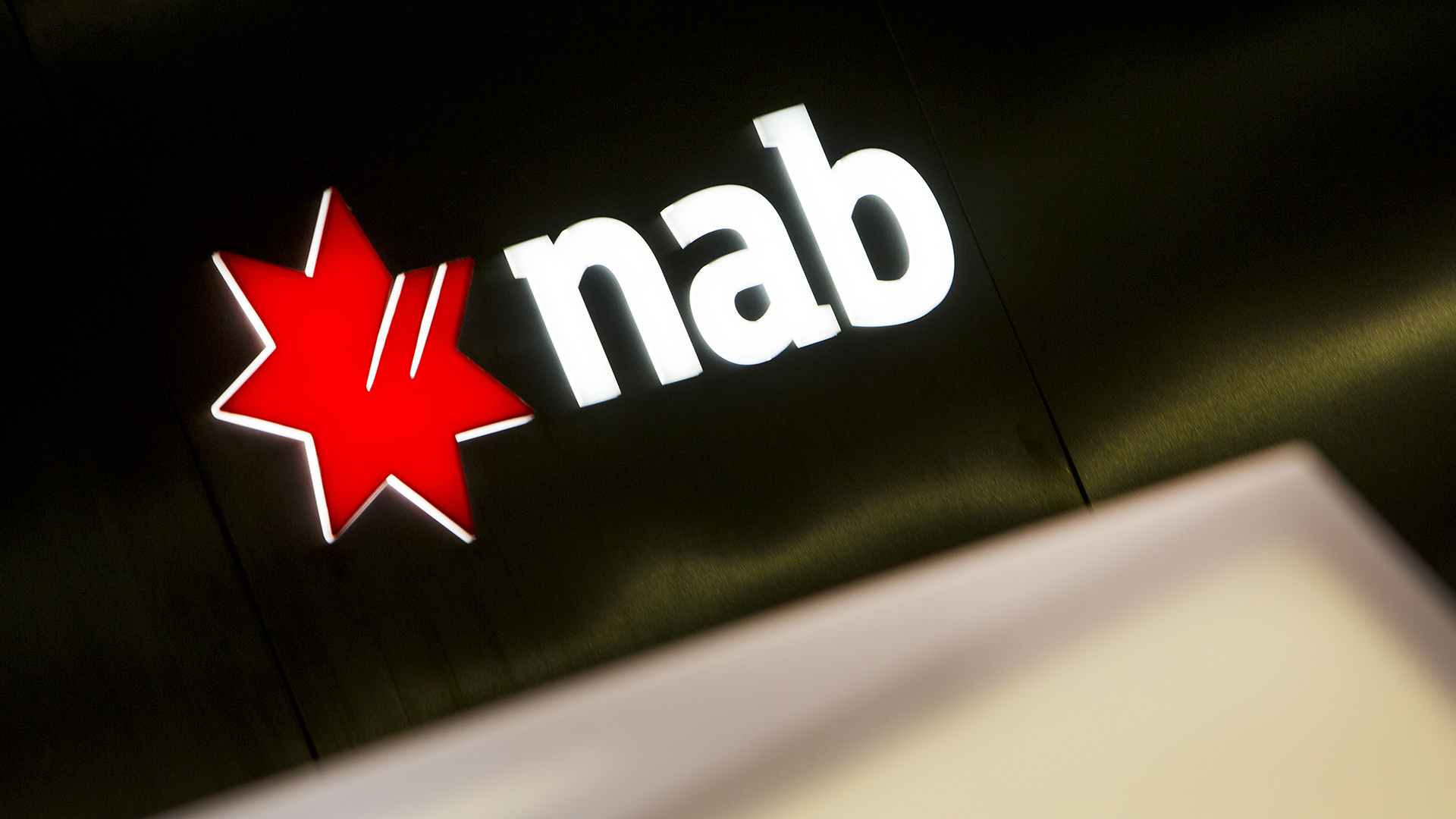National Australia Bank has identified the top seven strategies business owners should consider when they’re preparing for End of Financial Year.
Angela Mentis, Executive General Manager of NAB Business, said: “The end of the financial year is a busy time for businesses as they work to ensure their business and personal tax affairs are in the best shape possible for June 30.
“We know business owners are already doing a lot to prepare for the end of the financial year and to help them, we’ve identified seven winning strategies to help build and protect their personal and business wealth in the most tax-effective way.
NAB’s seven strategies:
- Structure asset purchases to maximise cash flow
- Defer income until the new financial year
- Grow your super and claim a tax deduction
- Capitalise on existing concessional caps and avoid excess contributions
- Protect yourself and your family
- Review your SMSF and Trustee obligations
- Check your eligibility for small business tax regime
Ms Mentis said: “Each of these strategies has the potential to make a significant difference to a business owner’s financial situation now and in the future. But you’ll need to take action before 30 June to benefit from some of the opportunities available.
“Now is a good time to sit down with your business banker and NAB financial planner to look at the different strategies and work out which ones suit you and your business best.”
Background: The full EOFY strategies for business owners are explained below.
Strategy 1: Defer Income until the new financial year
Depending on your circumstances, it may be better to defer business or personal income until after June 30 to allow more time for planning your financial affairs, matching your investments and assets to the most appropriate holding structures and deferring tax until next year. These benefits need to be considered in relation to recent budget announcements and the proposed changes to personal and business tax rates.
Strategy 2: Structure asset purchases to maximise cash flow
Business should regularly review how your income-producing assets are funded and the amount of cash locked into them. Most depreciable assets can be funded with no upfront deposit, making it easy for you to secure vehicle and equipment finance before June 30. You should also be entitled to claim an input tax credit for GST included in the price of the asset acquired and generally the interest you pay, plus the depreciation of the asset should be tax deductible to the extent the asset is used in your business.
Strategy 3: Grow your super and claim a tax deduction
Tax can consume up to 46.5% of your income or investments so if you’re self-employed, you may want to make a personal super contribution and claim it as a tax deduction. Contributions will be taxed at up to 15% in the fund or 30% for people who earn $300,000 per annum or more. The deduction can then be used to reduce income that would otherwise be taxed at your marginal rate of up to 46.5%. You may also consider transferring existing investments ‘in specie’ into super to reduce your future income and capital gains tax liabilities. The transfers need to satisfy your super funds trust deeds and considered in your non concessional contribution caps. There is a ‘bring forward’ rule to allow larger contributions over any three year period.
Strategy 4: Capitalise on existing concessional caps and avoid excess contributions
The cap on concessionally taxed super contributions in 2013/14 is $35,000 for those who were aged 49 or older on 30 June 2013 and $25,000 for all other age groups. If the full amount is not contributed, the remainder can’t be carried forward to utilise in the following financial year. However, it’s also important not to overdo it. If the concessional contribution cap is exceeded this financial year you will be taxed on the excess at your marginal rate less the 15% already paid by the fund. In addition there is penalty interest charged to the extra tax you pay.
Strategy 5: Protect yourself and your family
There are many types of insurance products, some offering lump sum payments whilst others provide ongoing income support. Life and disablement insurance are lump sum, generally structured through either a superannuation fund or a personal policy. Income protection insurance is an ongoing income payment that can be set up via superannuation or in an individual’s name. When purchasing through a super fund, you can take advantage of a range of upfront tax concessions. Income protection may also be tax deductible if owned individually. Critical illness cover is another lump sum cover designed to provide you with funding for medical expenses lifestyle maintenance although this cover can’t be structured through superannuation.
Strategy 6: Review your SMSF and Trustee obligations
The new ATO penalty regime will strengthen the Commissioner’s ability to penalise trustees for contraventions post 1 July 2014 and those entered prior. This includes where the trustee of the fund has not adequately reviewed their investment strategy and considered insurances for their members. Insurance consideration includes both personal and general i.e. life, TPD, salary continuance (this may be key when undertaking an LRBA – Limited Recourse Borrowing Arrangement strategy and the contributions are being relied on), property insurance, landlord insurance, public liability etc. Effective 1 July 2014, new SIS regulations will also come into effect to prohibit the fund from acquiring certain insurance policies such as own occupation TPD and trauma insurance policies.
Strategy 7: Check your eligibility for small business tax regime
Small business entities with a turnover less than $2m are eligible for a range of tax benefits including simplified depreciation and CGT concessions/exemptions. It’s worthwhile checking your eligibility as part of your business succession plans. If your business is at risk of exceeding the turnover threshold in 2012-13, you could consider deferring collection of income until next financial year.
Important Note: Any advice in this editorial has been prepared without taking into account your objectives, financial situation and needs. Before acting on this advice, you should consider its appropriateness to you.




